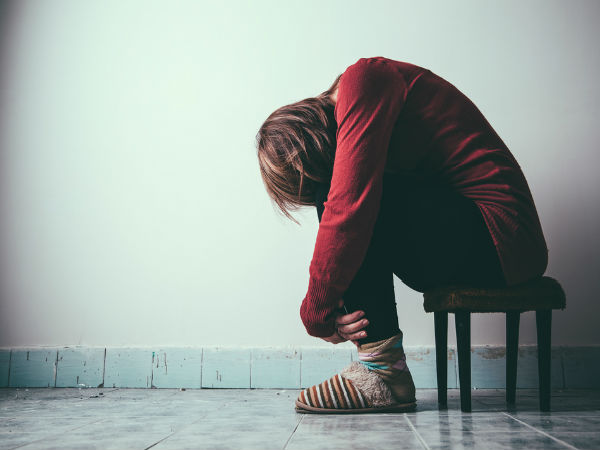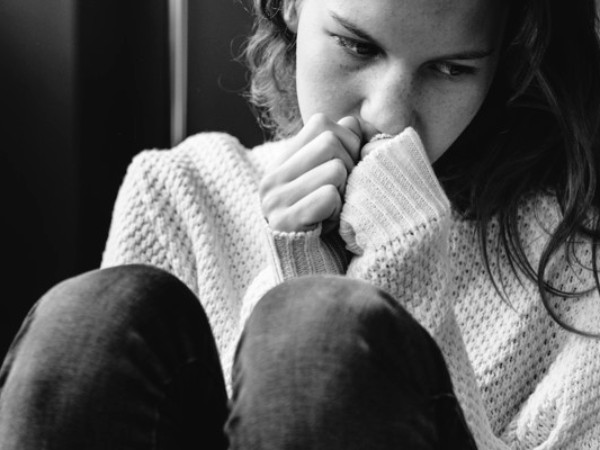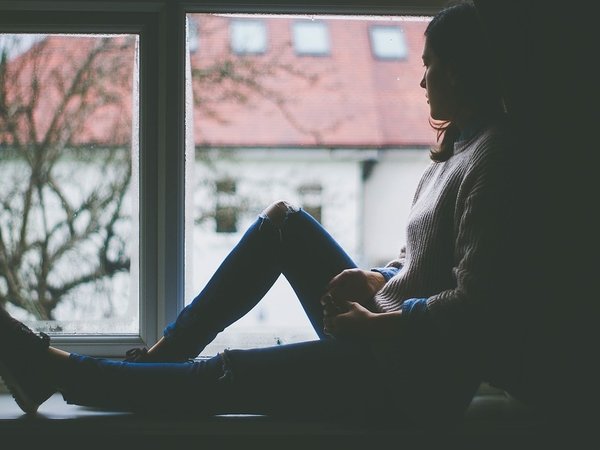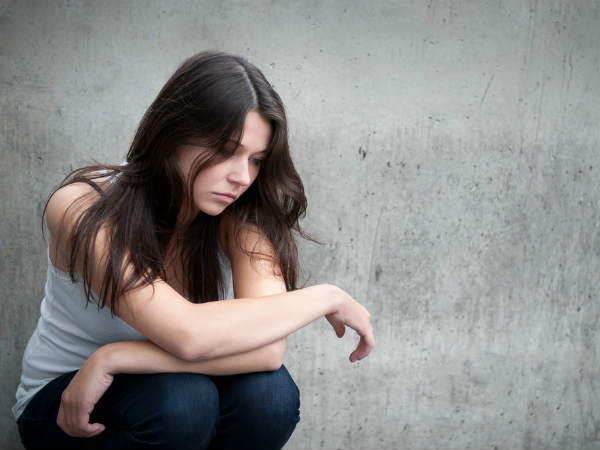Disorders Cure
oi-Neha Ghosh
on June 4, 2020
As the days are short during the winter months, many individuals struggle with seasonal affective disorder (SAD), a recurrent depressive disorder that causes sadness and loss of energy, especially during the months of December, January and February. It is estimated that 10 to 20 per cent of recurrent depression is followed by a seasonal pattern.
SAD is a common disorder and mostly young adults and women have a higher chance of experiencing SAD. Adolescents and children are affected by SAD too [1].
What Causes Seasonal Affective Disorder? [2]
Seasonal affective disorder (SAD), commonly known as winter blues, is a type of recurrent depressive disorder that occurs with changes in seasons. It usually begins in the fall and continues throughout the winter months. It can also occur in summer but the prevalence is less.
Certain factors are said to play a role in the causes of SAD, these include:
• Low serotonin levels – When serotonin, a neurotransmitter responsible for the regulation of mood is at low levels, SAD occurs. SERT is a protein that helps in the transportation of serotonin from the synaptic cleft to the presynaptic neuron. Higher levels of SERT lower serotonin activity, thereby causing depression during the winter months. In the summer months, sunlight generally keeps the SERT levels low, but in the fall when the sunlight decreases, SERT increases and the serotonin levels become low.
• Rise in melatonin levels – Melatonin is a hormone produced by the pineal gland that regulates the sleep-wake cycle. Reduced exposure to sunlight during the winter months leads to an overproduction of melatonin, making you feel sleepy and lethargic.
The combination of increased melatonin and decreased serotonin levels causes an imbalance in the circadian rhythm (the body’s internal 24-hour clock), which makes it difficult for the body to adjust during the winter months, especially for people with SAD.
• Lower vitamin D production – Less skin exposure to sunlight produces lower amount vitamin D. Vitamin D is believed to affect serotonin levels and deficiency of this vitamin causes depressive symptoms.
 Ways To Get Out Of Bed When You Are Depressed
Ways To Get Out Of Bed When You Are Depressed

Symptoms Of Seasonal Affective Disorder
• Sad mood
• Feeling less energetic
• Irritable, stressed or anxious mood
• Tired and lethargic
• May cry frequently
• Difficulty in concentrating
• Sleeping more than normal
• Decrease in physical activity
• Avoiding social situations
• Craving for carbohydrate and sugary foods
• Weight gain due to overeating
The symptoms of SAD in summer, which is a less common occurrence includes poor appetite, weight loss, insomnia, agitation, anxiety, restlessness and violent behaviour [3].
 What Are The Physical Symptoms Of Depression?
What Are The Physical Symptoms Of Depression?

Risk Factors Of Seasonal Affective Disorder
• Women between 18 to 30 years are four times more likely to get SAD than men [4].
• Family history of depression
• Bipolar disorder
• People who are living far from the equator in northern latitudes [5].

Complications Of Seasonal Affective Disorder
• Social withdrawal
• Problems at work places
• Substance abuse
• Suicidal thoughts or behaviour
READ RELATED: Meghan Markle raged at ‘RACIST’ Vanity Fair cover when she began dating Harry, new book claims
• Other mental health disorders like anxiety disorders, psychiatric conditions and eating disorders.

Diagnosis Of Seasonal Affective Disorder
A mental health professional will first conduct a physical exam and ask in-depth questions about your health. No medical tests are available for diagnosing this disorder; however, the doctor may perform a blood test to check if there are other illnesses or underlying conditions.
The diagnostic criteria for SAD listed in the Diagnostic and Statistical Manual of Mental Disorders (DSM-5) by the American Psychiatric Association are: [6]
• A person should have depression symptoms only at a specific time of the year ( e.g fall or winter) and fully disappearing at a certain time of the year (e.g spring).
• At least two episodes of depressive symptoms in the previous two years.
• People with SAD experience symptoms such as craving for carbohydrate foods, increase in appetite and hypersomnia.
 Having Depressive Symptoms? Eat These 12 Foods To Help Overcome Depression
Having Depressive Symptoms? Eat These 12 Foods To Help Overcome Depression

Treatment Of Seasonal Affective Disorder
Light therapy [7]
Light therapy, also known as bright light therapy or phototherapy has been shown to be effective in relieving the symptoms of SAD. It is a treatment procedure that involves the usage of light boxes that filter out ultraviolet rays and emit bright artificial light similar to sunlight. Sitting in front of a 10,000 lux of cool-white fluorescent light in the morning every day for 20 to 60 minutes, from early fall till spring can reduce the symptoms of SAD.
The side effects of light therapy are less severe and include headache, eye strain, irritation, difficulty in sleeping and increased risk of age-related macular degeneration [8].
Light therapy treatment should be monitored by a mental health professional.
Vitamin D [9]
Inadequate amounts of dietary intake of vitamin D and less sun exposure leads to vitamin D deficiency. People who live about 33 degrees north or 30 degrees south of the equator are unable to produce vitamin D during the winter months from November to February [10].
Taking vitamin D regularly before the winter darkness sets may help improve and prevent SAD symptoms.
Antidepressant medications [11]
Second generation antidepressants (SGAs), such as fluoxetine is a selective serotonin reuptake inhibitor (SSRI) is considered effective in the treatment of SAD. Another SGA SSRI called bupropion has also been widely used in the treatment of SAD.
Counselling [12]
Cognitive behavioural therapy (CBT) can be highly effective in the treatment of SAD. The aim of this therapy is to curb your negative thoughts, help deal with problems that look overwhelming and provide new ways in helping you to deal with low energy, stress and sadness through healthy ways.

Prevention Of Seasonal Affective Disorder
• Eat a diet rich in fruits and vegetables
• Limit sugary and starchy foods
• Exercise daily
• Manage your stress
• Increase sun exposure
Common FAQs
Q. Do I have SAD?
A. The symptoms of SAD include feeling of hopelessness, depressed mood, fatigue, difficulty in concentrating, changes in sleep, poor appetite and suicidal thoughts.
Q. Does SAD get worse with age?
A. The risk of SAD lowers for adults as they age.
Q. Is crying every night normal?
A. Tearfulness is frequently linked to depression and anxiety. If you are tearful regularly over other normal activities in your life, that may be a sign of depression.
Q. Are SAD lights bad for your eyes?
A. Yes, they cause eye strain
GET THE BEST BOLDSKY STORIES!
Allow Notifications
You have already subscribed
Source: boldsky blog





















